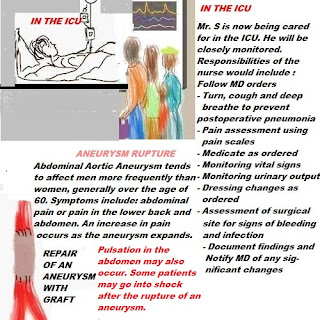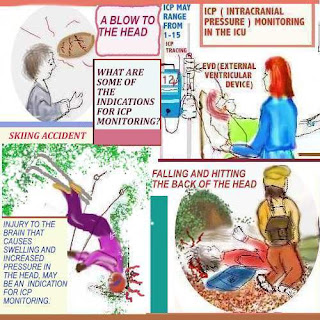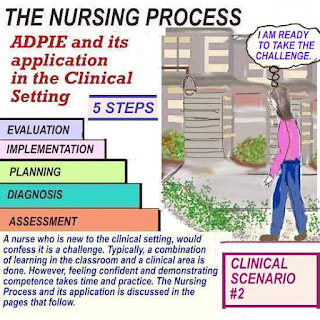ADDRESSING THE BAIR HUGGER AND SURGICAL ISSUES
warm, as in the case of the Operating Room where loss of body fluids may
cause hypothermia. It is also used in the PACU for warming patients post
surgery.
Scenario: Mr.S had a repair of an Abdominal Aortic Aneurysm done.
He will be cared for and closely monitored in the ICU.
He will be cared for and closely monitored in the ICU.
Please click on the link below, for more information.
Learn more about: Postoperative Care






Comments
Post a Comment